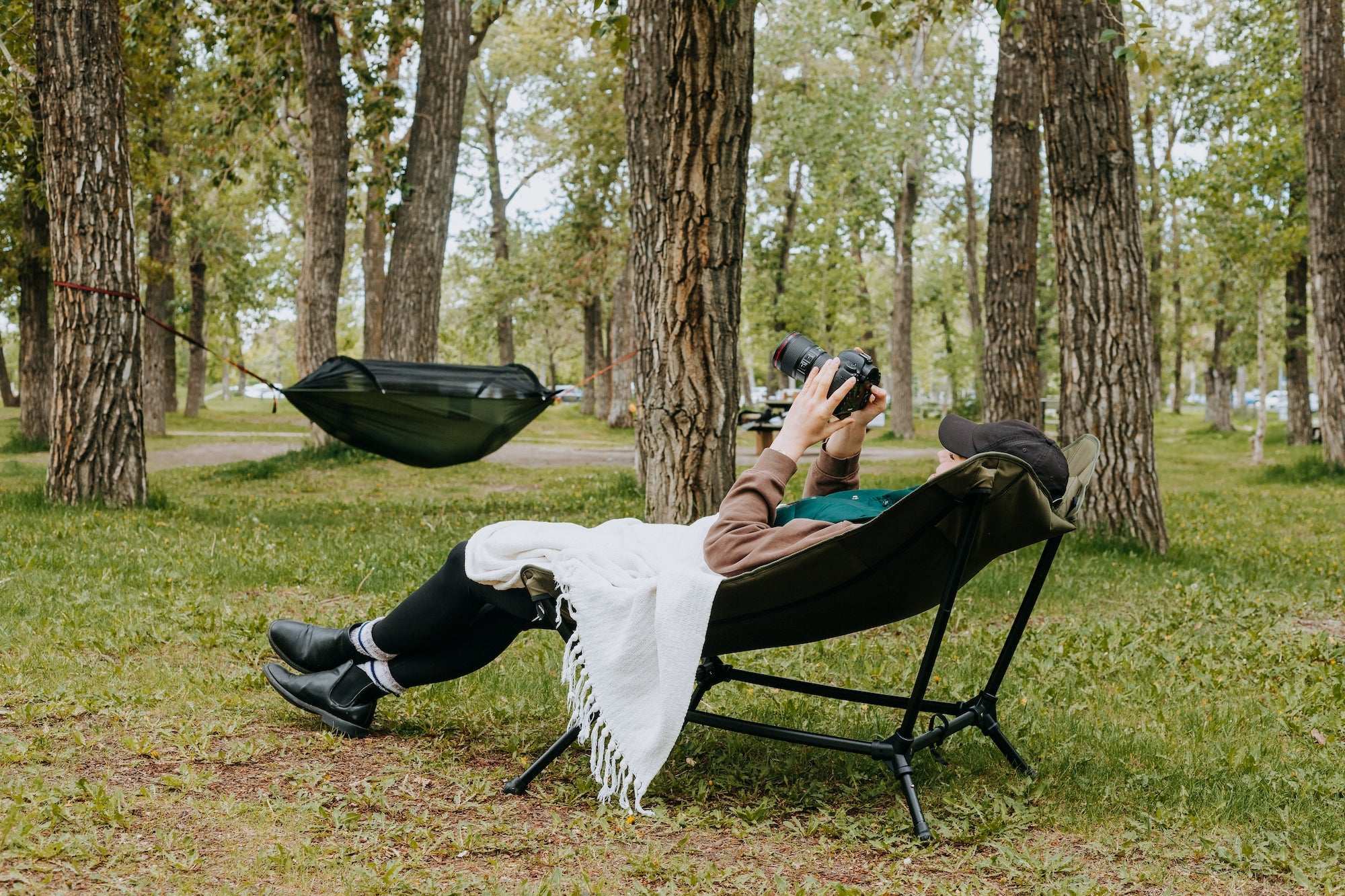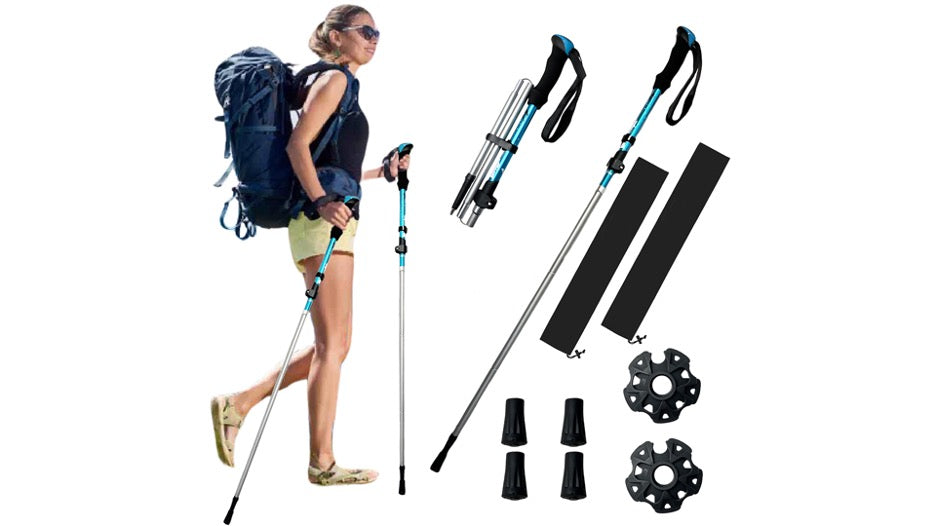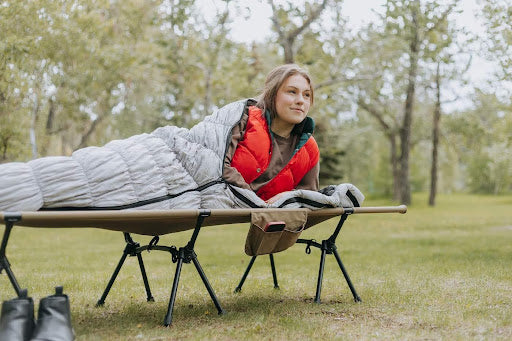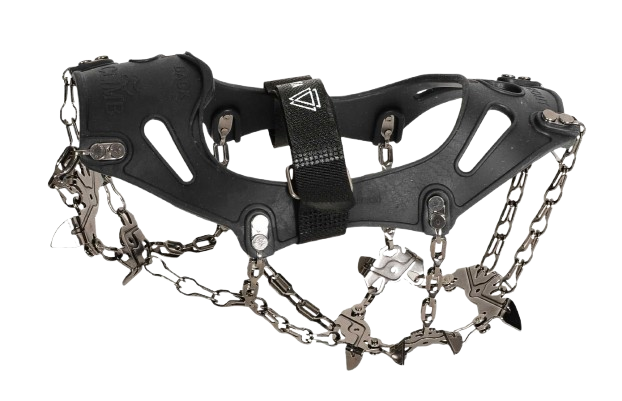Whether you're tackling a rugged mountain trail or enjoying a forest hike, the right gear makes all the difference. One of the most underrated but essential items in any hiker’s kit is a good set of trekking poles or a sturdy hiking stick. These tools provide stability, reduce strain on joints, and improve your overall hiking experience, especially on uneven terrain.
With so many options available—from collapsible trekking poles to classic folding walking sticks—how do you choose the right one? We’re here to help you find the perfect fit for your hiking style, terrain, and comfort.
Why You Need Trekking Poles or Hiking Sticks
Before choosing the best option, it’s good to know why these tools are such smart additions to your gear:
- Reduces strain on knees and ankles, especially on steep descents.
- Improves balance on uneven, muddy, or rocky trails.
- Engages upper body muscles for a more complete workout.
- Reduces the risk of slips and falls, especially when crossing streams or climbing.
- Helps maintain rhythm and pace on long hikes.
Whether you’re new to hiking or an experienced trekker, the right poles or stick can make every hike safer and more enjoyable.
Trekking Poles vs Hiking Sticks
These terms are often used interchangeably, but there are a few differences:
- Trekking Poles: Sold in pairs for symmetrical support. Ideal for long or technical hikes.
- Hiking Stick (Walking Staff): Typically used solo. Best for casual or moderate hikes.
If you're heading onto rough terrain or carrying a heavy pack, trekking poles are usually the better choice. For shorter, easier trails, a single hiking stick might be all you need.
Key Features to Consider
Adjustable Height
Look for poles with adjustable length so you can set them for your height and the terrain. Shorter for uphill climbs, longer for downhill descents.
Collapsible or Folding Design
Collapsible or folding poles are easy to pack and carry, making them perfect for travelers or backpackers.
Weight and Material
- Aluminum: Affordable and durable, but heavier.
- Carbon Fiber: Lightweight and absorbs shock well, but pricier and more fragile.
Light poles reduce fatigue on long hikes. Heavier poles can be better for very rugged terrain.
Grip Type
Choose a grip that’s comfortable:
- Cork: Molds to your hand and wicks moisture.
- Foam: Soft and sweat-absorbing.
- Rubber: Insulates well in cold weather.
Shock Absorption
Some poles have built-in shock absorbers for added comfort on descents. This feature can add weight, so consider the trade-off.
Terrain Tips
- Rocky terrain: Durable carbide tips and solid construction.
- Snow or mud: Interchangeable baskets to prevent sinking.
- Flat trails: A simple folding stick or single staff may be enough.
Test Before You Trek
Before heading out, test your gear:
- Adjust the height so your elbows are at a 90-degree angle.
- Practice folding and unfolding.
- Walk around to get used to the feel and rhythm.
This ensures you’re comfortable and ready for the trail.
Helpful Extras
Many trekking poles come with added features such as:
- Wrist straps for better support.
- Rubber tips for use on paved or smooth trails.
- Interchangeable baskets for different terrains.
These extras add versatility for every season and landscape.
Final Thoughts
Choosing the right trekking poles or hiking stick improves your comfort, performance, and safety on the trail. Whether you want collapsible poles for easy transport or a simple folding stick for casual hikes, there’s a perfect option for you.
At Yatta Life, we believe the right gear should elevate every adventure. Before your next hike, make sure you're properly equipped. Your knees—and your confidence—will thank you!





Leave a comment
All comments are moderated before being published.
This site is protected by hCaptcha and the hCaptcha Privacy Policy and Terms of Service apply.